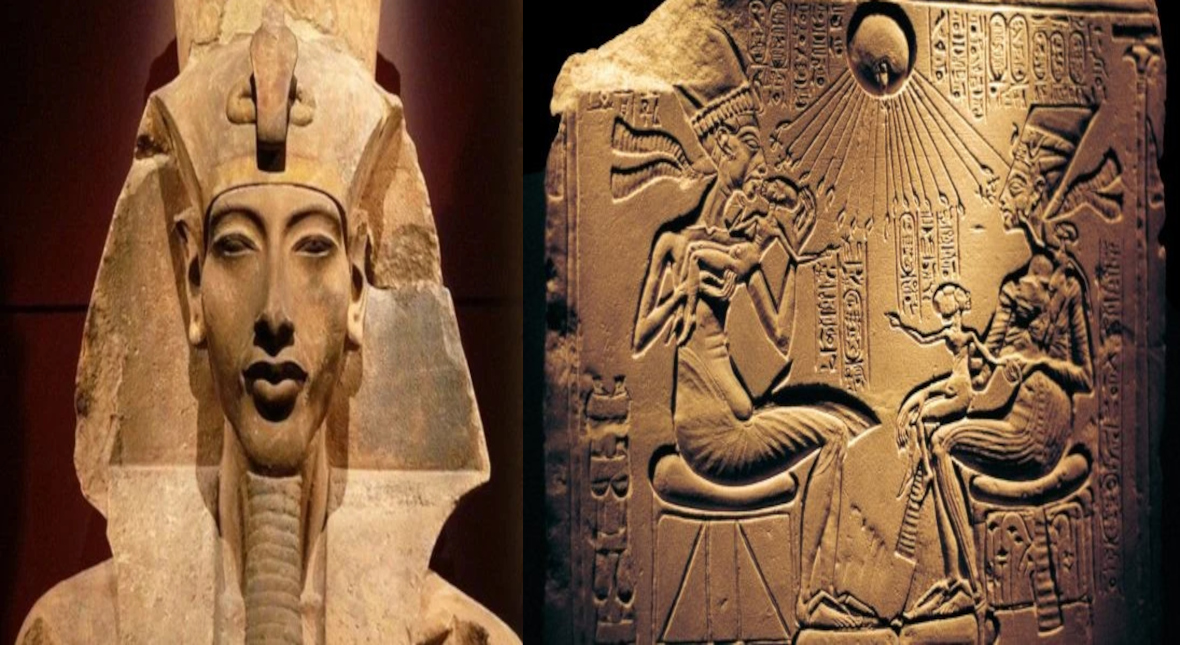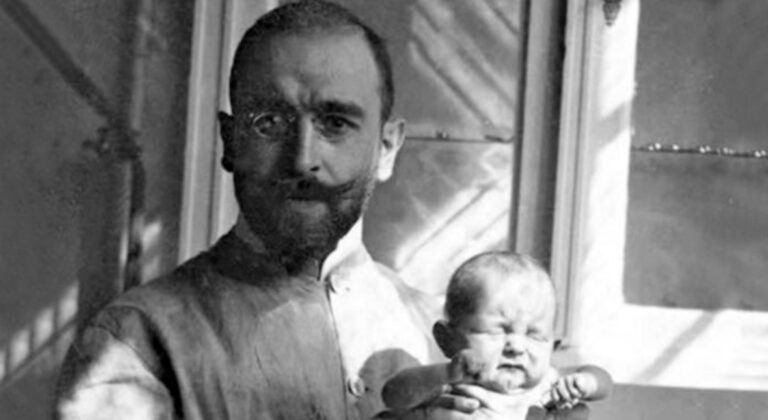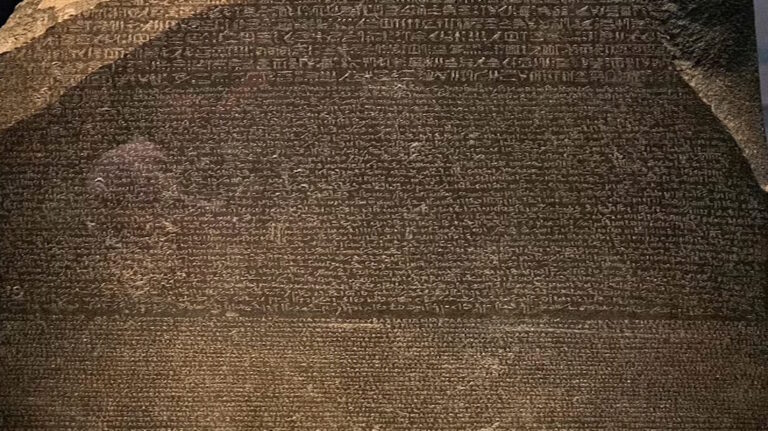In the vast tapestry of ancient Egyptian history, Akhenaten stands out as a figure cloaked in mystery, contradiction, and radical change. Often described as one of ancient Egypt’s most enigmatic pharaohs, his reign is remembered not only for a profound religious revolution but also for artistic innovation, political upheaval, and an almost mythic legacy. This enigmatic ruler challenges modern historians and Egyptologists alike, inviting endless speculation about his motivations, beliefs, and the lasting impact of his brief yet dramatic rule.
The Man Behind the Myth: Who Was Akhenaten?
Born as Amenhotep IV, Akhenaten ascended the throne of Egypt around 1353 BCE during the height of the 18th Dynasty, a period marked by prosperity, imperial expansion, and complex religious traditions. The young pharaoh inherited a kingdom where the worship of a multitude of gods was deeply woven into the social, political, and cultural fabric—most notably the cult of Amun, whose priesthood wielded immense power and influence, sometimes rivaling that of the king himself.
Yet Amenhotep IV would soon make clear that he intended to rewrite these established orders. Around the fifth year of his reign, he initiated a sweeping religious reform that would not only alienate the powerful priesthood but also redefine Egypt’s entire spiritual identity. As a symbol of this transformation, he changed his name to Akhenaten, which means “Effective for the Aten,” the sun disk he elevated as the sole divine entity worthy of worship.
The Radical Religious Revolution: From Polytheism to Monotheism
Akhenaten’s religious reform is often regarded as one of the earliest known attempts at monotheism—a revolutionary concept in a world dominated by polytheistic traditions. Unlike the anthropomorphic gods of Egyptian pantheon, the Aten was conceived as an abstract, omnipresent force: the radiant sun disk whose rays extended life to all beings.
This theological shift was profound. Akhenaten rejected the traditional gods, especially the powerful deity Amun, and sought to abolish their cults and temples. He closed or defunded many existing places of worship, transferred religious authority to himself as the sole earthly intermediary of the Aten, and promoted a new form of worship centered on the sun’s life-giving energy.
The Great Hymn to the Aten, a poetic composition inscribed in his new capital, celebrates the Aten as the singular creator and sustainer of life, emphasizing the unity and universality of divine power. Some scholars see echoes of this hymn in later monotheistic religions, underscoring Akhenaten’s lasting spiritual influence.
Building Akhetaten: A City Dedicated to the Sun
To further embody his religious vision, Akhenaten founded a new capital city named Akhetaten (“Horizon of the Aten”) at a previously undeveloped site now known as Amarna. This move was both symbolic and practical: a physical and ideological break from Thebes, the old religious and political center.
Akhetaten was rapidly constructed with temples designed to be open to the sky, allowing the sun’s rays to penetrate the sacred spaces—a clear architectural reflection of Aten worship. The city’s layout was carefully aligned with solar phenomena, integrating the king’s divine role with cosmic order.
Despite its grandeur, Akhetaten was short-lived. Following Akhenaten’s death, the city was abandoned, its monuments left to the ravages of time. Today, the ruins of Akhetaten offer invaluable archaeological insights into this exceptional era, including the famous Amarna Letters, which reveal diplomatic correspondence with other contemporary kingdoms.
The Artistic Revolution: A New Royal Image
Akhenaten’s reign also heralded a dramatic shift in Egyptian art, known as the Amarna style. Rejecting the rigid, idealized conventions of earlier royal depictions, this new style embraced a more naturalistic and sometimes exaggerated portrayal of the pharaoh and his family.
Akhenaten is shown with an elongated skull, pronounced facial features, a slender torso paired with a rounded abdomen, and elongated limbs—features that starkly contrast with the traditionally muscular, idealized depictions of kingship. Some scholars speculate these images may reflect a real medical condition, such as Marfan syndrome or Froehlich’s syndrome, although this remains controversial.
Beyond physical form, the art of Akhenaten’s era is notable for its intimate domestic scenes: the pharaoh and Queen Nefertiti tenderly embracing their children, a rare glimpse into royal family life. These portrayals humanized the divine rulers in ways never before seen in Egyptian art and were a direct reflection of the new religious ideology emphasizing the life-giving power of the Aten’s rays.
The Fall and Aftermath: Erasure from History
Akhenaten’s revolutionary reforms, however, were not sustainable in the long term. After his death, the old gods regained their primacy. His successor, likely his son Tutankhaten, changed his own name to Tutankhamun, symbolically returning the kingdom to the worship of Amun and other traditional deities.
Akhenaten’s monuments were defaced, his statues destroyed, and his name omitted from king lists in what is known as damnatio memoriae—the deliberate erasure of a person from history. This process was intended to obliterate his memory and undo the legacy of his religious and political upheavals.
Akhenaten’s Legacy: Why He Remains Fascinating
Despite attempts to erase him, Akhenaten’s reign continues to captivate historians, archaeologists, and scholars around the world. His unprecedented experiment with monotheism predates other major monotheistic faiths by more than a millennium, challenging our understanding of religious evolution.
Psychologists such as Sigmund Freud have speculated on Akhenaten’s influence on the development of monotheistic religions, suggesting possible links to Moses and early Judaism. Although debated, such theories underscore the depth of Akhenaten’s cultural impact.
Today, Akhenaten’s story inspires novels, plays, operas, and films, keeping alive the memory of a pharaoh who dared to stand alone in the blazing light of the Aten—revolutionary, visionary, and ultimately a tragic figure lost in time.
Conclusion: The Enigma of Akhenaten
Akhenaten remains one of ancient Egypt’s most enigmatic figures precisely because his life and reign were so extraordinary and paradoxical. He was a king who attempted to reshape the world by stripping away old gods and creating a new spiritual order centered on a single divine source. Yet, in doing so, he alienated powerful institutions, isolated himself, and was nearly erased from history.
His reign reminds us how the forces of tradition resist change, how art and religion can express radical ideas, and how the memory of a single individual can challenge the course of history for millennia. Akhenaten’s story is a powerful testament to the enduring mystery of human belief and the boldness of visionary leadership.






